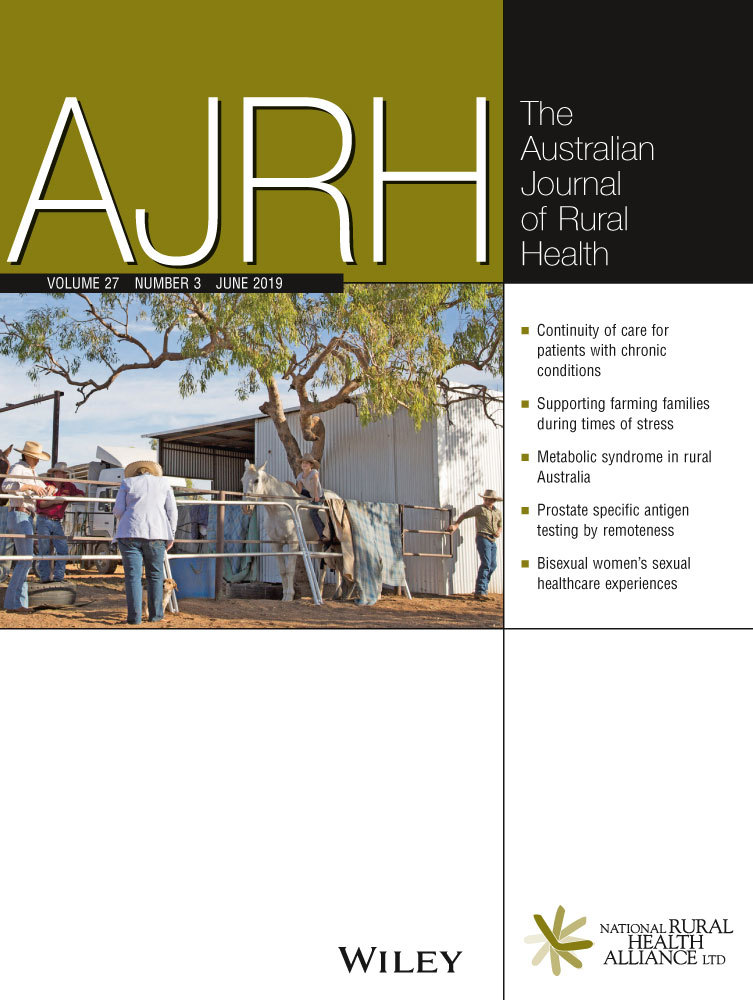Snapshot of medication abortion provision in the primary health care setting of regional and rural Victoria
Abstract
Objective
This study aimed to identify enablers and barriers to the provision of medication abortion in the primary health care setting of regional and rural areas of Victoria, Australia.
Design
An online cross-sectional questionnaire was used.
Setting
Regional and rural areas of Victoria, Australia.
Participants
Thirty-nine GPs and 30 primary health care nurses.
Main outcome measures
Abortion views, medication abortion knowledge and practice, interest in medication abortion training and provision, and perceived uptake barriers.
Results
Most participants reported being consulted by women with unintended pregnancies and most of them included abortion counselling in their consultation. However, familiarity with provision of medication abortion was limited, and only five GPs and two primary health care nurses were currently medication abortion providers. The majority of participants expressed a high level of interest in receiving medication abortion training, but indicated a wide range of barriers to service provision, such as a lack of training opportunities, legal uncertainties or surgical access concerns in case of complications.
Conclusions
Findings demonstrate the need for education on medication abortion and training opportunities. Most identified barriers to service uptake are addressable and relate to a lack of local support services, including the absence of a 24-hour contact advice service, insufficient follow-up access and a lack of local ultrasound facilities. These barriers require educational programs at professional, organisational and community level to ensure that interested rural and regional primary health care providers can start offering medication abortion for their patients.




